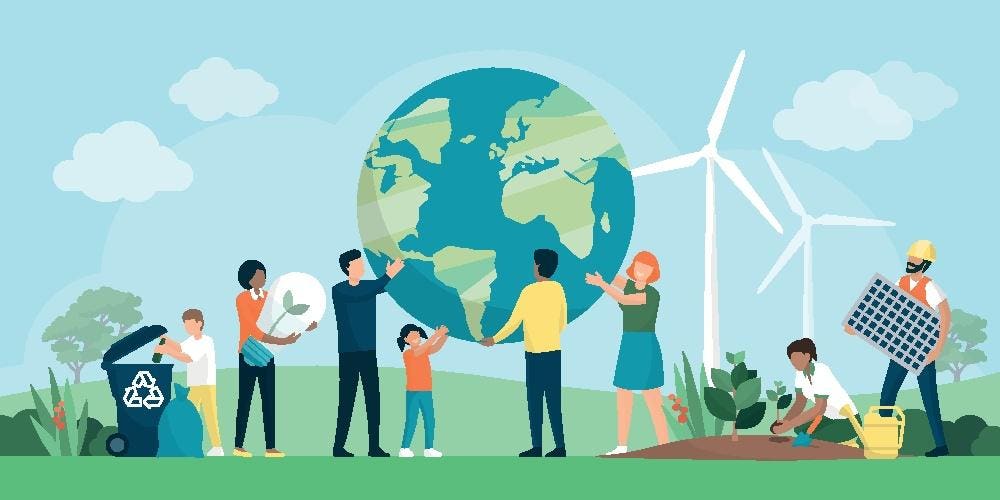Population and sustainability
World Population Day 2025 was on July 11th, and the conversation turned away from doomsday headlines of “population collapse” and toward a deeper issue: the erosion of reproductive agency. According to the United Nations Population Fund, millions of people especially young people are unable to have the number of children they desire, not because of choice, but because of barriers far beyond their control. This link will give you an idea of the current population which is 8.2 billion.
Population Concerns
This year’s theme, “Empowering young people to create the families they want in a fair and hopeful world,” reflects the reality of the largest-ever youth generation facing intersecting crises, economic insecurity, gender inequality, healthcare gaps, education deficits, climate disruption, and displacement. According to a UNFPA–YouGov survey conducted across 14 countries, many adults of reproductive age are unable to achieve the family size they desire due to a range of social, economic, and environmental challenges. Nearly 1 in 5 participants said concerns about the future such as climate change, environmental degradation, war, and pandemics had influenced them to have fewer children than they originally intended. Nearly 20% of respondents believed they would be unable to have their desired number of children, while 1 in 3 reported having experienced an unintended pregnancy. Financial barriers were a significant concern, with 39% stating that economic limitations had affected or would affect their ability to build their ideal family. In addition, Around 1 in 4 felt unable to pursue parenthood at their preferred time due to these compounded pressures.
UNFPA also noted that young people, in particular, are grappling with deep anxieties about the future. Many fear they will face harsher social and economic realities than previous generations, and these concerns are already shaping their reproductive decisions.
Fertility Rates, The Population And Sustainability
Fertility rates have fallen globally, from 4.9 children per woman in the 1950s to just 2.3 by 2023, according to Our World in Data. Yet while governments fixate on the issue of declining birth rates, the real crisis is about control: the right to plan our families in dignity, safety, and sustainability.
This issue is inseparable from the broader sustainability agenda. When young people are denied access to reproductive healthcare, quality education, or decent work, we also delay progress on the Sustainable Development Goals particularly those focused on gender equality, health, poverty, and climate resilience.
The statistics show that young people today are not just thinking about having children, they are thinking about the kind of world they will grow up in. A world where there is clean air to breathe, stable access to food and water, fair economic systems, and energy that does not cost the planet. The lesson here is that giving young people the tools, rights, and opportunities to shape their future is essential. At its core, the population conversation is about sustainability.









